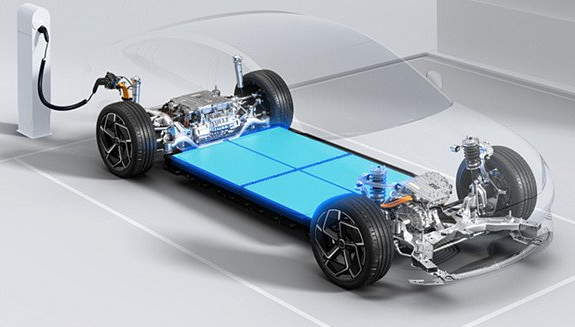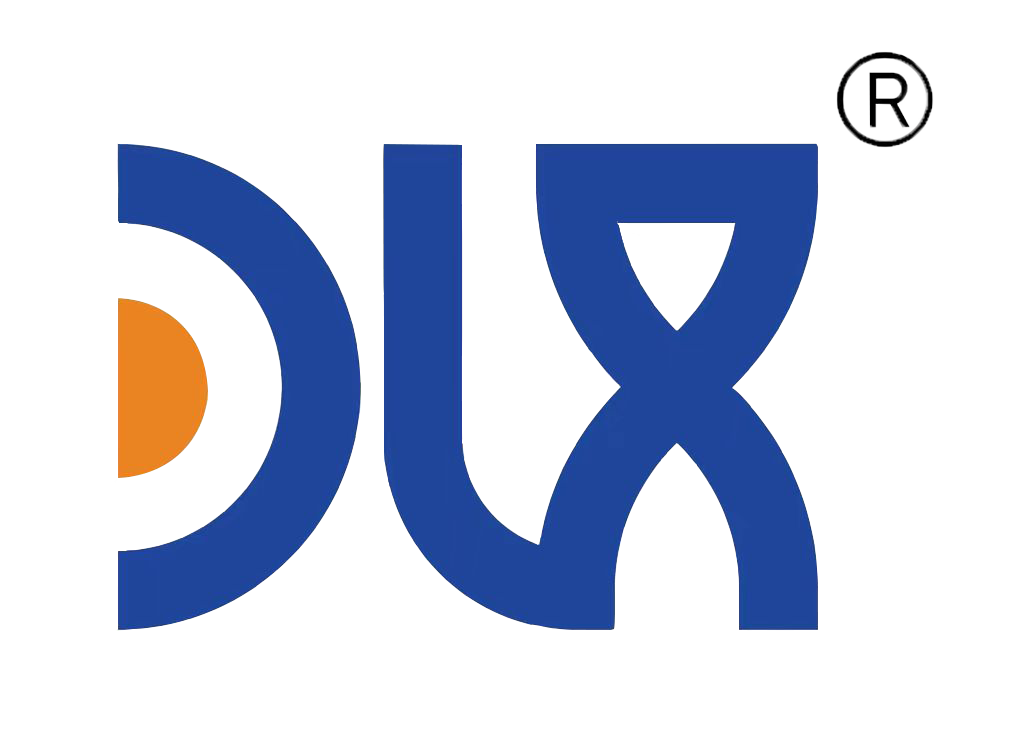We’re at the forefront of resistance wire innovation, powering the next generation of new energy vehicles (NEVs) with efficient battery heating solutions. Cold weather can sap battery performance, but our resistance wires keep NEV batteries running smoothly. Let’s dive into our products, explore industry trends, highlight applications, and see how we measure up against a competitor like Kanthal, all while focusing on boosting NEV performance in chilly conditions.

Our Resistance Wire: Keeping NEV Batteries Warm
Our resistance wires, made from top-grade alloys like Nichrome (80/20 nickel-chromium), FeCrAl (Kanthal), and copper-nickel (CuNi), are engineered for precision heating in NEV battery systems. Nichrome is our go-to for its high resistivity and ability to handle temperatures up to 1,400°C, perfect for maintaining battery temps in freezing conditions. FeCrAl offers a cost-effective option for high-heat applications, while CuNi excels in lower-temperature setups like sensors or auxiliary heating. Available in flexible forms like flat or ribbon wires, our products integrate seamlessly into battery packs.
What makes our wires stand out? We focus on precision manufacturing to ensure consistent heat output and energy efficiency, critical for NEV range and performance. Our wires are coated with advanced insulators to enhance safety and durability in harsh environments. Whether it’s keeping a Tesla battery warm or powering a seat heater, our wires deliver reliable heat to keep NEVs running strong.
Comparison Table: Resistance Wire Materials for NEV Battery Heating
Parameter | Nichrome (NiCr) | FeCrAl (Kanthal) | Copper-Nickel (CuNi) |
|---|---|---|---|
Resistivity (μΩ·cm) | High (100-150) | Very High (120-150) | Moderate (30-50) |
Max Temperature (°C) | Up to 1,400 | Up to 1,400 | Up to 600 |
Oxidation Resistance | Excellent | Very Good | Good |
Cost | Moderate | Lower | Moderate |
Durability | High, corrosion-resistant | High, less flexible at high temps | Moderate, suited for low-temp uses |
Common Applications | Battery heating, seat Heaters | High-temp battery systems, industrial uses | Low-temp heating, sensors |
Energy Efficiency | High, precise heat output | Very High, minimal energy loss | Moderate, application-specific |
Flexibility | Good, easy to integrate | Less flexible at high temps | Highly flexible |
Industry Analysis: The Hot Market for NEV Battery Heating
The resistance wire market for NEVs is booming, tied to the global electric vehicle market’s growth, projected to hit $1.4 trillion by 2030 with a CAGR of 19.8%. Cold weather can cut battery efficiency by up to 40%, making heating solutions critical. Demand for NEVs in regions like Europe and North America, where winters are brutal, is driving innovation in thermal management. Meanwhile, advancements in lightweight, high-performance alloys are making wires more efficient and durable.
Asia-Pacific leads the charge, with China dominating NEV production, but Europe and North America are catching up fast, fueled by government incentives and net-zero goals. Price swings in raw materials like nickel can be a hurdle, but we counter this with strategic sourcing and sustainable practices. The rise of smart battery management systems (BMS) is a game-changer—our wires integrate with IoT-enabled BMS for real-time temperature control, boosting efficiency and extending battery life.
Applications: Where Our Wires Power NEVs
Our resistance wires are key to keeping NEVs performing in cold weather, with applications including:
Battery Pack Heating: Nichrome wires maintain optimal battery temperatures, ensuring consistent power output and range.
Cabin and Seat Heaters: FeCrAl wires deliver fast, efficient heat for passenger comfort without draining the battery.
Defrosting Systems: Our wires power defrosters for windows and mirrors, improving safety in icy conditions.
Smart Thermal Management: Integrated with BMS, our wires enable precise, IoT-driven temperature control for energy savings.
Beyond NEVs: Our wires also support industrial battery systems and renewable energy storage, showcasing their versatility.
By optimizing resistivity and heat distribution, our wires minimize energy waste, aligning with the push for sustainable, high-performance NEVs.
How We Compare: Us vs. Kanthal
Kanthal is a major player in resistance wire, offering FeCrAl and Nichrome wires similar to ours, widely used in NEV heating systems. Both of us prioritize high-temperature performance and reliability, but we shine with our customization options. While Kanthal provides a strong range of alloys, we offer tailored wire designs—specific diameters, coatings, and flexibility—to meet unique NEV requirements. Our pricing is competitive, balancing cost and performance to suit both premium and mass-market NEV makers. Plus, our focus on lightweight, eco-friendly materials and IoT integration keeps us ahead in the race for smarter, greener vehicles.
Driving NEV Performance in Cold Weather
Our mission is to keep NEV batteries performing at their best, no matter how cold it gets. By leveraging advanced alloys and precision manufacturing, we deliver resistance wires that optimize heat output and energy efficiency. Our R&D team is always pushing the envelope, exploring new materials and smart tech to enhance thermal management. From battery packs to cabin comfort, our resistance wires are built to power the future of NEVs, keeping them efficient and reliable even in the harshest winters.
FAQs About Resistance Wire in Battery Heating for NEVs
What materials are used for resistance wire in NEV battery heating systems?
Nickel-chromium (Nichrome), iron-chromium-aluminum (FeCrAl), and copper-nickel (CuNi) alloys are common for their high resistivity and thermal stability.How is resistance wire used in NEV battery heating?
It’s integrated into heating elements to warm battery packs, maintaining optimal temperatures for performance and efficiency in cold weather.Why is Nichrome preferred for NEV battery heating?
Nichrome provides high resistivity, excellent oxidation resistance, and durability at temperatures up to 1,400°C, ideal for consistent heating.How does resistance wire improve NEV battery efficiency?
It ensures precise temperature control, preventing energy loss and maintaining battery performance in low temperatures.Which industries boost demand for resistance wire in NEVs?
Automotive, especially electric vehicles, alongside consumer electronics and renewable energy sectors, drive demand.What are the latest trends in resistance wire for NEVs?
Trends include lightweight alloys, integration with smart thermal management systems, and eco-friendly materials for sustainability.What challenges impact the resistance wire market for NEVs?
Raw material price volatility (e.g., nickel) and competition from alternative heating technologies like PTC heaters pose challenges.How do you choose the right resistance wire for NEV battery heating?
Prioritize resistivity, temperature tolerance, flexibility, and compatibility with battery management systems for optimal performance.
